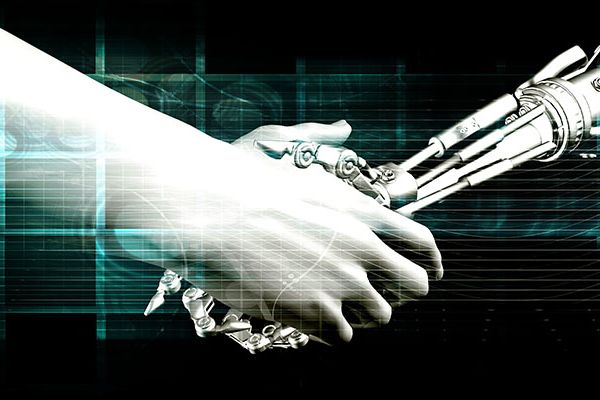In dire situations like fires, time is of the essence. Firefighters need to work quickly to extinguish the fire and rescue any people. However, with emerging technologies like robots, putting out fires might become easier.
Mela Coffey 3rd year ME PhD Candidate (Advisor: Alyssa Pierson) is interested in contributing to collaborative human-robot systems and human-robot trust. In the above example, using Voronoi-based coverage control, robots would help put out a fire by doing tasks such as bringing buckets of water to the firefighters, providing resources to put out the fire.

Voronoi-based coverage control is when robots have a designated cell they are in charge of covering. Using this method is applicable in the event where resources need to be dispersed quickly. For example, if a hurricane hits a city. Coffey explained that one robot would be in charge of delivering supplies to one sector, while another robot would be responsible for another sector. Coffey’s research uses heterogeneous robots that are each equipped with different resources which allows a variety of tasks to be performed.
Her work uses a control policy that is centered around Voronoi cells. She uses a density function that determines how well robots are meeting demand and performing. This way, researchers can see if more robots need to be sent to a given area. The goal is to increase the performance of the robots while also minimizing the energy expended.
Before doing research with Voronoi-based coverage control, Coffey developed haptic modules that provide feedback to the human. Common haptic devices include game controllers and haptic steering wheels.
In a paper titled “Collaborative Teleoperation with Haptic Feedback for Collision-Free Navigation of Ground Robots,” Coffey did an experiment utilizing collaborative teloperation– operating something at a distance– to guide users around oncoming obstacles while accounting for non-holonomic constraints (not being able to simply drift to the desired location, but instead having to take precise steps). The algorithm predicts the user’s goal, plans a path, and provides haptic guidance away from obstacles.
In the experiment, Coffey used a haptic device called a Geomagic Touch to maneuver a robot through an obstacle course. Moving the stylus of the Geomagic Touch, the user is able to control a robot’s movement. However, unlike a game controller, the stylus has the ability to provide feedback to the human and push the hand around to avoid obstacles. In this way, the haptic device can help the human guide the robot through the obstacle course, even if the human can’t see the obstacle course.
In the future, haptic feedback devices might be incorporated into wheelchairs to helpnavigate a cluttered environment. Some modern vehicles have steering wheels that implement haptic feedback by pushing the hands in a different direction if the driver is drifting into another lane.
Coffey hopes to combine her research in haptic feedback and Voronoi-based coverage control in her thesis. She envisions a future where robots will work alongside a human, and not as a servant.
“Right now, robots are designed to exist among us and work for us– think of cleaning robots like Roombas,” Coffey said. “I would like to design robots to not just serve human needs, but to collaborate with humans. My thesis is about letting a robot adjust to the needs of a human without the humans having to worry about what the robots are doing.”
A fun fact Coffey likes to use is that she worked with flying snakes in her undergraduate research at Virginia Tech. The gliding movement of snakes can inspire how a robot can navigate through spaces that might be dangerous for humans.
Coffey said combining collaborative teleoperation and multi-robot coverage and resource allocation, such as Voronoi-based coverage control, will make robots more accessible to everyone.
“If we design robots to adapt to the needs of humans and allow robots to communicate with humans via haptic feedback, robots will be of greater service to humans because they won’t need supervision every step of the way,” Coffey said.
